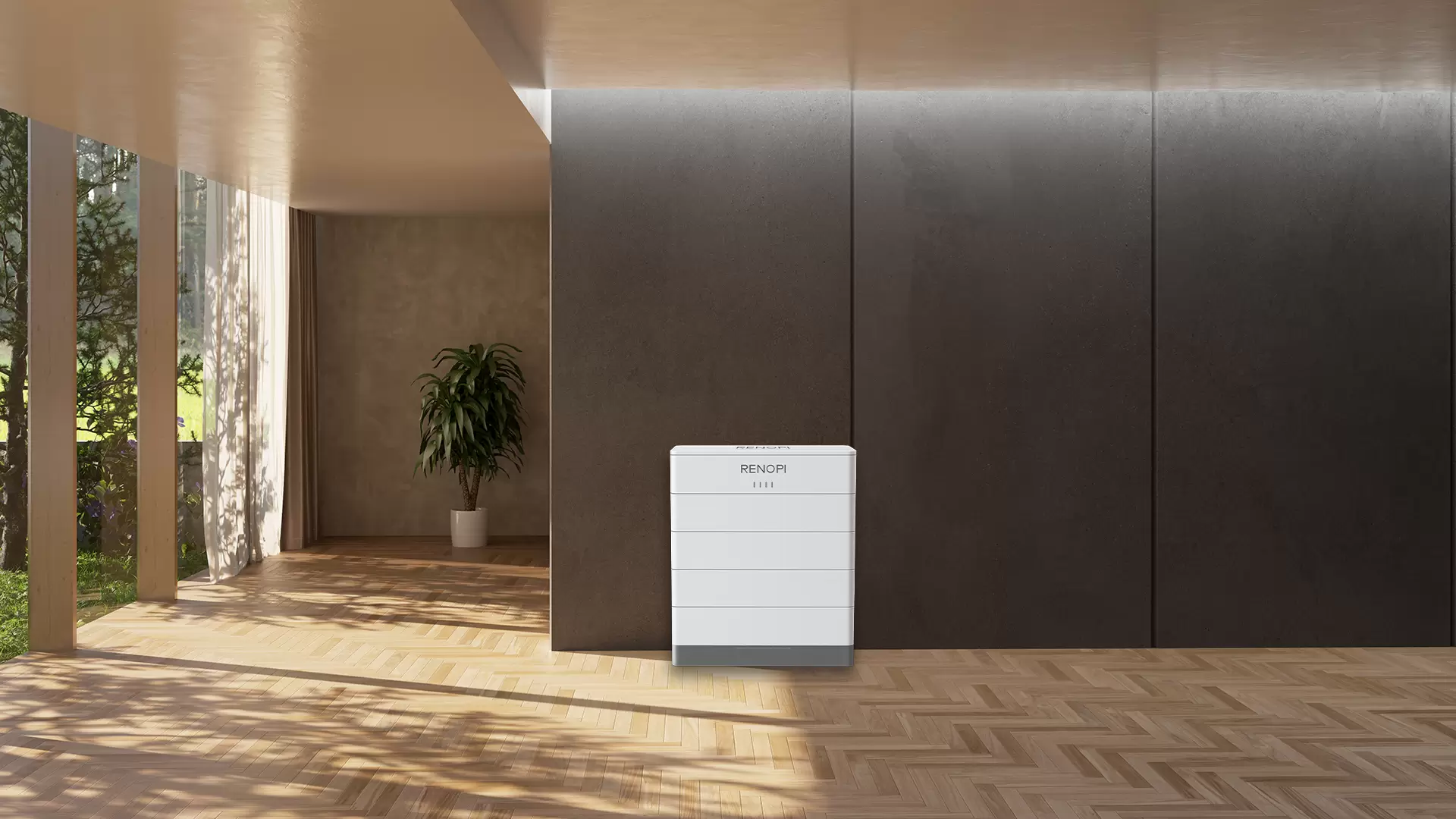- This topic is empty.
-
AuthorPosts
-
11/10/2024 at 09:54 #7173
In the realm of renewable energy and sustainable power solutions, the high voltage stacked battery has emerged as a pivotal component. RENOPI is a high voltage stacked battery manufacturer. As the demand for efficient energy storage systems grows, understanding the maintenance and care of stackable energy storage systems is crucial to ensure optimal performance and extend their service life.
High Voltage Stacked Batteries

High voltage stacked batteries are the backbone of modern energy storage solutions. They are designed to store electrical energy at high voltage levels, which is then converted to lower voltages for use in various applications. The stackable LiFePO4 battery, a type of high voltage stacked battery, is favored for its high discharge rate, excellent cycle life, and low self-discharge rate. These characteristics make it ideal for applications such as electric vehicles, renewable energy storage, and backup power systems.
A stackable energy storage system refers to a configuration where multiple battery cells are stacked together to form a single, high-capacity battery pack. This design allows for scalability and customization based on the energy requirements of the system. Stackable battery packs, such as those using LiFePO4 cells, provide a modular approach to energy storage, making them highly adaptable for a wide range of applications.
Maintenance and Care of High Voltage Stacked Batteries
1. Temperature Control: High voltage stacked batteries, including stackable LiFePO4 batteries, are sensitive to temperature fluctuations. It is essential to maintain them within the recommended temperature range to prevent damage and ensure optimal performance.
2. Regular Inspections: Regular visual inspections can help identify any signs of wear or damage. Check for any leaks, corrosion, or bulging cells, which could indicate a problem with the battery pack.
3. Proper Charging: Use the correct charger designed for high voltage stacked batteries. Overcharging or undercharging can reduce the battery's lifespan. Monitor the charging process to ensure it is within the recommended voltage and current limits.
4. Avoid Deep Discharge: Deep discharging can stress the battery and reduce its cycle life. Aim to keep the battery's state of charge above 20% to prevent deep discharge.
5. Balanced Charging: For stackable battery packs, it is crucial to ensure that all cells are charged evenly. Unbalanced charging can lead to cell degradation and reduced performance.
6.Cleaning: Keep the battery terminals and connectors clean and free from corrosion. Use a soft, dry cloth to wipe away any dirt or debris.
https://www.renopi.com.cn/News/Technical-features-of-high-voltage-stacked-battery.html
https://www.renopi.com.cn/
RENOPI (Shenzhen) New Energy Technology Co., Ltd. -
AuthorPosts
- You must be logged in to reply to this topic.



